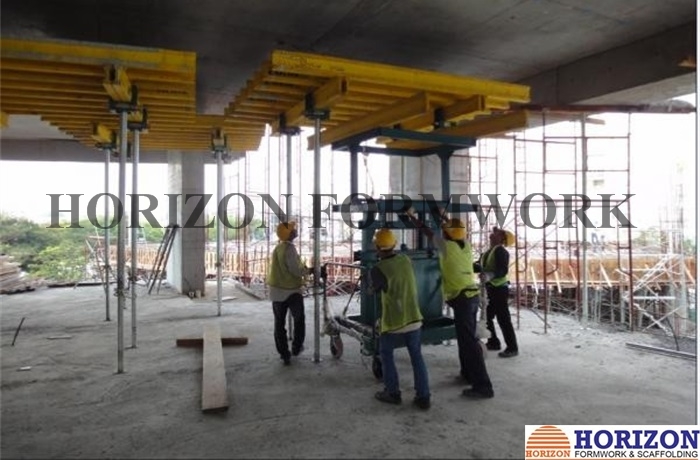Oct . 11, 2024 07:41 Back to list
Manufacturers of Scaffolding Tools for Construction and Industrial Applications
The Role of Scaffolding Tools Manufacturers in Modern Construction
The construction industry is one of the most dynamic sectors globally, continually evolving with advancements in technology and methodologies. A key component of this industry is scaffolding, which provides the necessary support and safety for workers during various construction tasks. The role of scaffolding tools manufacturers is critical in delivering products that meet the diverse needs of construction projects while adhering to safety standards.
Understanding Scaffolding Tools
Scaffolding tools encompass a wide range of equipment, including scaffolds, planks, braces, and safety harnesses. They are essential for creating elevated platforms that allow workers to perform construction tasks safely. These tools not only boost productivity but also enhance safety by ensuring that workers have a reliable and secure environment to operate in.
Importance of Quality and Safety
One of the primary responsibilities of scaffolding tools manufacturers is to produce equipment that meets rigorous safety standards. The construction industry is inherently hazardous, with risks such as falls, dropped tools, and structural collapses. Quality scaffolding equipment minimizes these risks by providing sturdy and reliable support for workers.
Manufacturers must test their products extensively to ensure compliance with local and international safety regulations. This includes using high-grade materials, implementing robust design protocols, and conducting quality assurance checks. Compliance not only protects workers but also safeguards the manufacturers against legal liabilities and enhances their reputation in the industry.
Technological Innovations in Scaffolding
As the construction industry embraces technology, scaffolding tools manufacturers are also leveraging innovations. Advances in materials science have led to the development of lightweight yet robust scaffolding systems. For example, aluminum scaffolding is becoming increasingly popular due to its ease of assembly, portability, and resistance to corrosion.
Additionally, manufacturers are integrating digital solutions to optimize scaffolding setups. Software applications can now assist in designing scaffolding layouts, taking into account building dimensions, safety requirements, and load capacities. This not only streamlines the planning process but also minimizes errors, thus improving overall project efficiency.
scaffolding tools manufacturers

Customization and Versatility
Different construction projects require different types of scaffolding solutions. Scaffolding tools manufacturers offer a range of customizable options to adapt to varying project specifications. From residential buildings to industrial constructions, manufacturers can provide tailored solutions that enhance safety and efficiency.
For instance, modular scaffolding systems are designed for flexibility, allowing for easy adaptation to different structures and work environments. Additionally, manufacturers can work closely with contractors to design specialized scaffolding that addresses unique challenges, such as working on uneven terrains or providing access to hard-to-reach areas.
Environmental Considerations
With growing awareness of environmental issues, scaffolding tools manufacturers are also focusing on sustainability. The development of sustainable materials and practices in the production of scaffolding equipment is becoming a priority. This not only includes using recyclable materials but also adopting production processes that reduce waste and carbon footprints.
Manufacturers are encouraged to create scaffolding systems designed for longevity, minimizing the need for frequent replacements and waste generation. Such practices not only contribute to environmental conservation but also appeal to the increasing number of clients prioritizing sustainability in their projects.
Conclusion
The scaffolding tools manufacturing industry plays a pivotal role in ensuring safety, efficiency, and adaptability in modern construction. As projects become more complex and safety regulations tighten, manufacturers must continue to innovate and enhance their offerings. Through stringent quality control, technological advancements, customization, and sustainable practices, scaffolding tools manufacturers will remain integral to the success of construction endeavors worldwide.
The future of scaffolding tools is bright, with continuous advancements on the horizon that promise to further enhance safety and efficiency in the construction sector. As the demand for high-quality scaffolding solutions grows, manufacturers must be ready to meet these challenges head-on.
-
High-Quality U Head Jack Scaffolding – Reliable Scaffolding Jack Head Manufacturer & Factory
NewsJul.08,2025
-
High-Quality I Beam H20 Leading Timber Beam H20 Material Factory, Exporters & Manufacturers
NewsJul.08,2025
-
High-Quality Powder Coating Steel Formwork - Durable & Corrosion Resistant Solutions
NewsJul.07,2025
-
Inclined Column Formwork Supplier – Durable & Precise Solutions for Unique Structures
NewsJul.07,2025
-
High-Quality Water Stop Solutions Trusted Water Stop Company & Suppliers
NewsJul.07,2025
-
High-Quality Formwork Material Supplier Reliable Manufacturer & Factory Solutions
NewsJul.06,2025